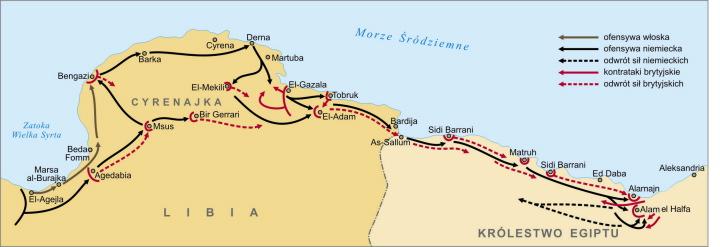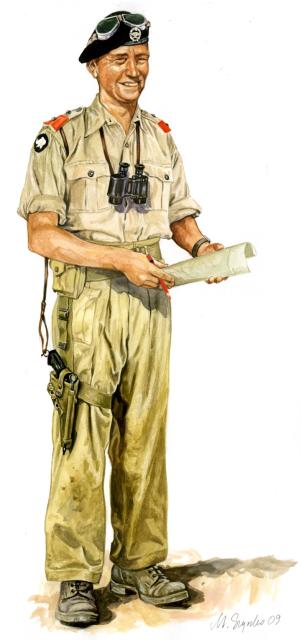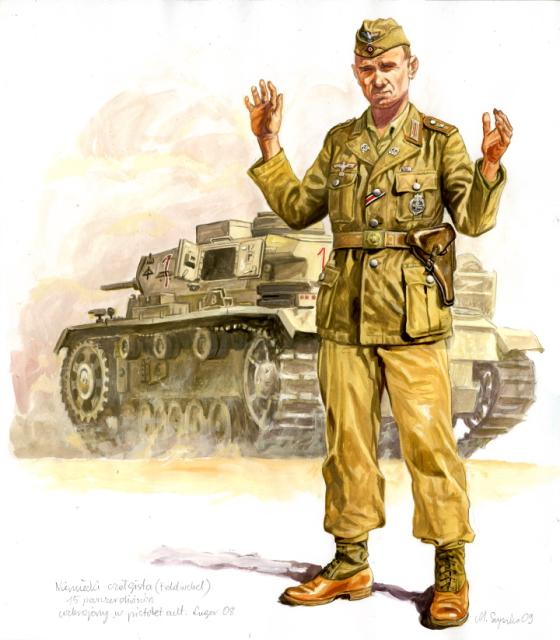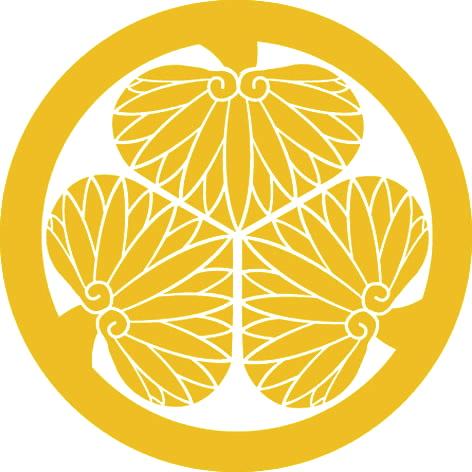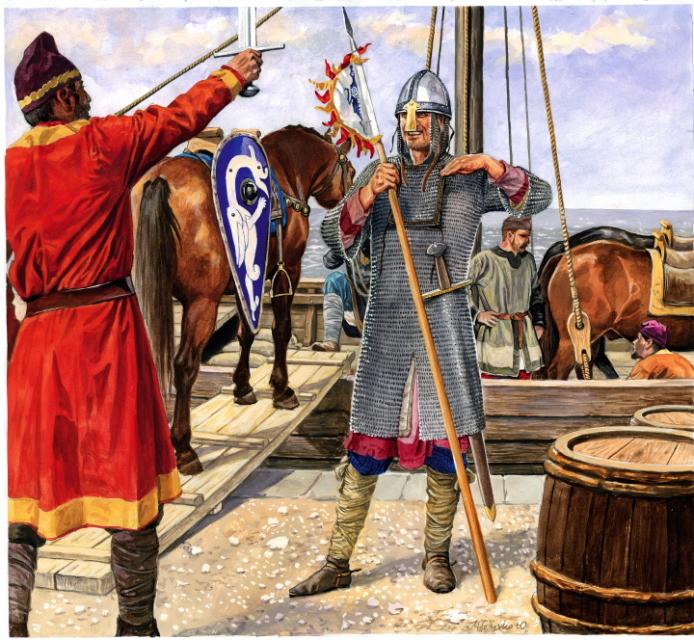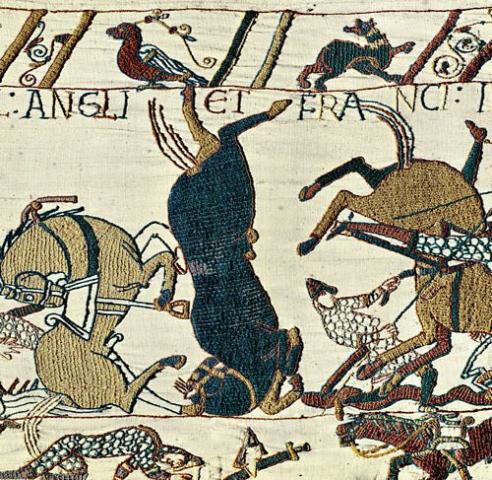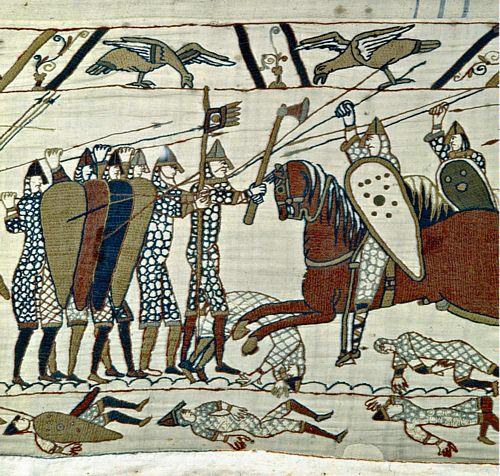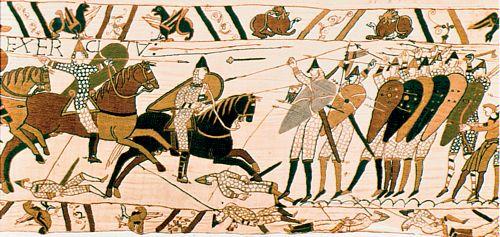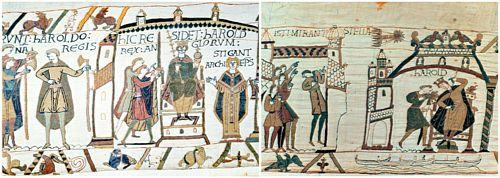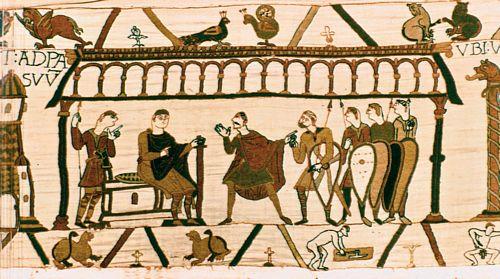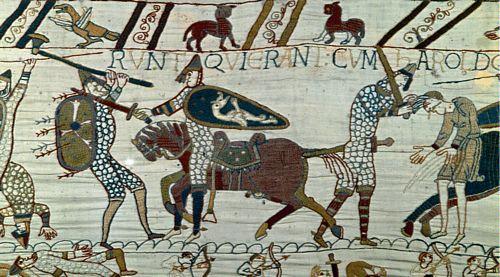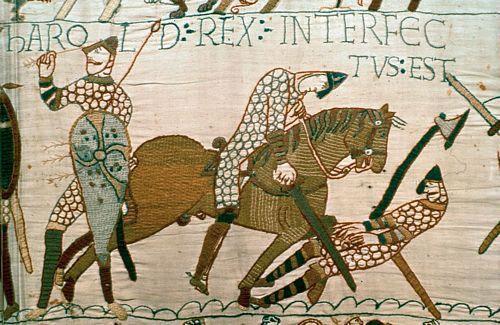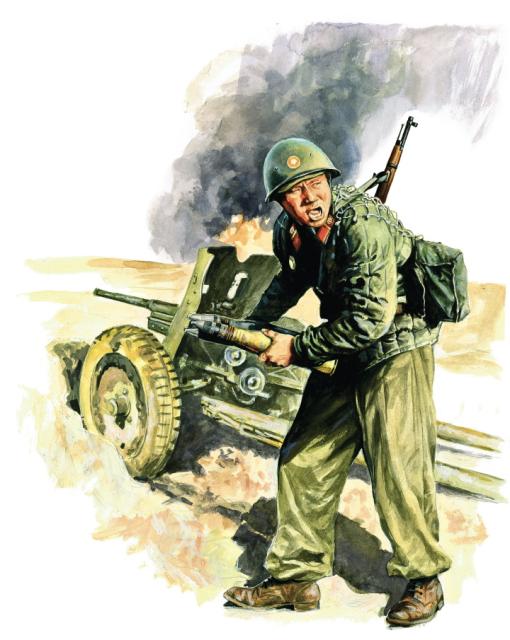OCTOBER 29, 1918
‘Influenza’: no improvement
Our obituary columns this morning bear melancholy witness to the ravages of the great plague of influenza and pneumonia. Messages from one or two places in the country state that the epidemic is abating, but in London there is little or no sign of improvement. Yesterday the number of members of the Metropolitan Police Force suffering from influenza had risen to 1,410, and deaths to 30. Of the London Fire Brigade staff 117 are ill. At Hackney fire station seven men out of 11 are on the sick list. During the 48 hours ending at 7 o’clock yesterday morning 61 persons seized with influenza in the streets were taken to hospitals by the ambulance service. Several of the London borough councils are making a house-to-house distribution of leaflets advising people of the best preventives and giving instructions as to what to do in case a member of the household becomes afflicted.
During the week-end there were 57 deaths in Poplar from the disease, 12 of which occurred in institutions. The borough of St Pancras has been placarded with posters advising the public to keep warm and rest in bed on the first appearance of the symptoms of influenza. A gargle is recommended consisting of a saltspoonful of salt in half a glass of water, coloured purple with a weak solution of permanganate of potash.
At the London Hospital between 20 and 80 nurses — one-tenth of the total nursing staff — are away from duty, and many additional beds had to be provided for new patients during the week-end. At the Great Northern Hospital there are about 100 cases. Some 20 nurses are away from duty, and the staff is much overworked. Many girls from the clerical department are doing light work in the wards.
Among the deaths recorded in our obituary columns on page 1 today are 34 from influenza, pneumonia, or kindred diseases, including 12 deaths of soldiers. Of the latter nine are attributed to pneumonia, combined in two cases with influenza, and in one each with malaria and dysentery; two to influenza and one to meningitis following influenza and pneumonia. Of the other 22 deaths, 10 are attributed to pneumonia and influenza combined, seven to pneumonia, four to influenza, and one to pleurisy following influenza.


 Battle of Agincourt, 1415, from the 'St. Alban's Chronicle' (vellum)
Battle of Agincourt, 1415, from the 'St. Alban's Chronicle' (vellum)
Battle of Agincourt, 1415, from the 'St. Alban's Chronicle' (vellum)
Battle of Agincourt, 1415, from the 'St. Alban's Chronicle' (vellum) 



